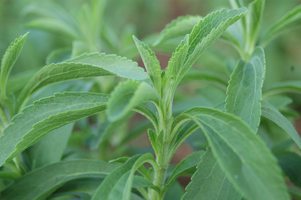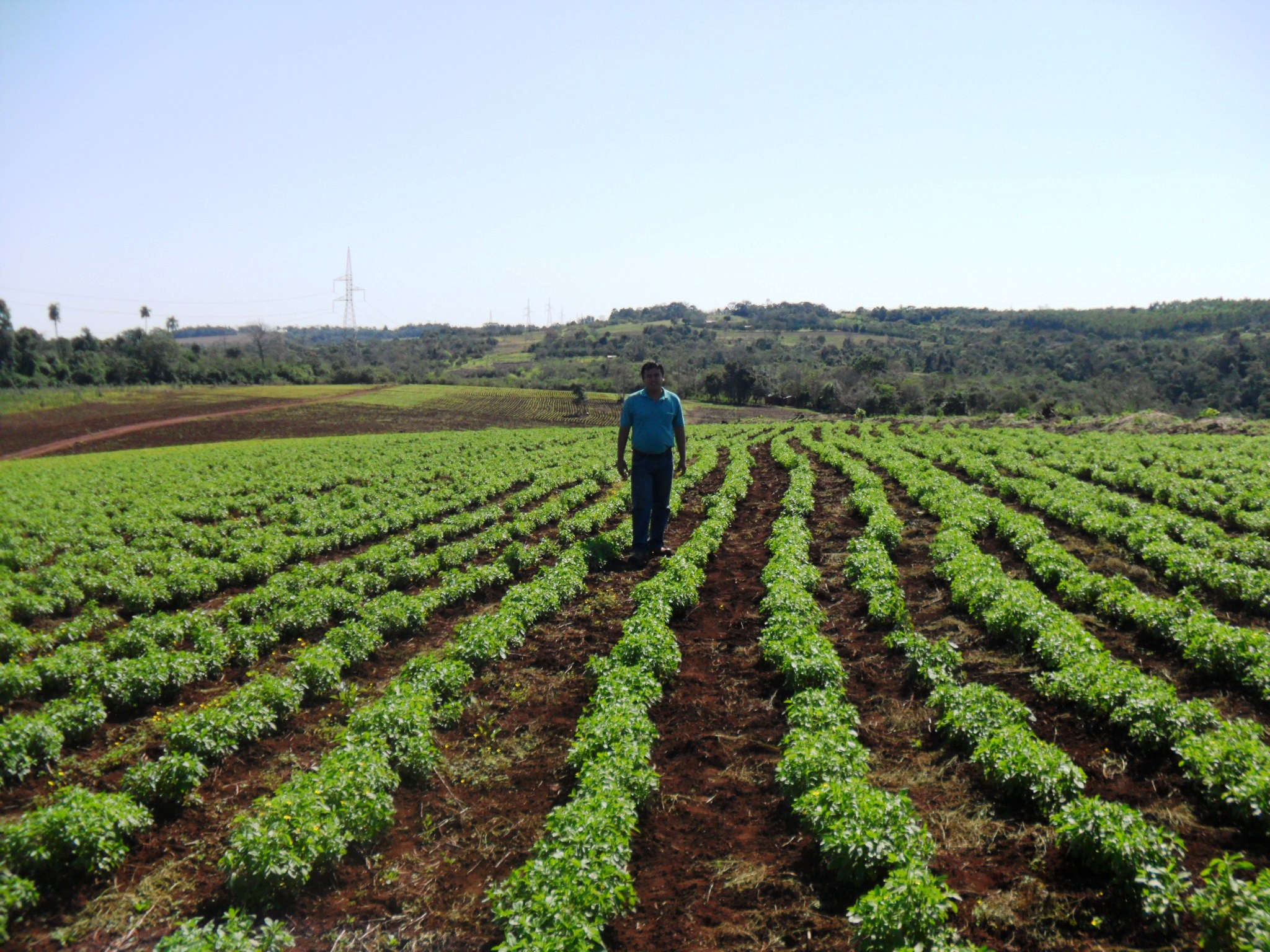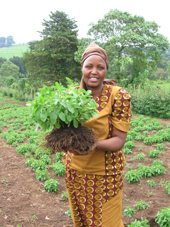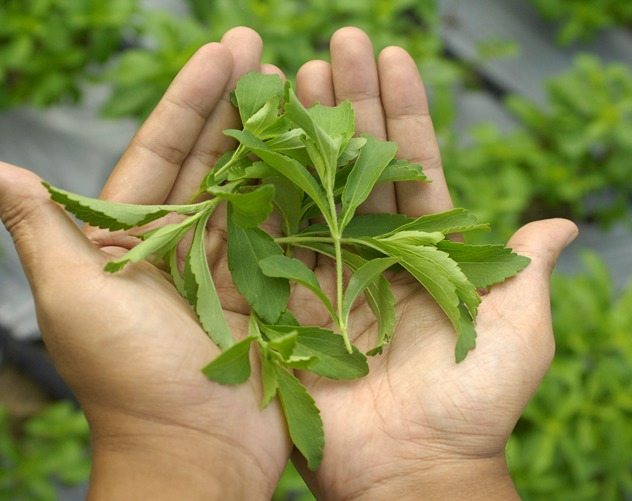Extraction and Purification
Stevia is a subtropical plant that requires warm temperatures with minimal frost, adequate rainfall, and lots of sunshine. The Stevia plant genus includes over 100 species and is cultivated throughout the world, but most significantly in China, Paraguay, Kenya, and the United States. Stevia farming is increasing in many other parts of the world including Argentina, Colombia, India, Vietnam and Brazil.

Stevia is known as a hardy, healthy plant and is often a profitable crop for small, independent farming communities. Depending on the region, it may be harvested several times per year and requires little farm acreage. Stevia producers use conventional breeding techniques to increase the sweet compounds found in the leaves of the plant. Stevia plants are not genetically modified organisms (non-GMO).

Stevia is grown best in environments with long days of sunshine and is a perennial plant.
Stevia farming provides a profitable crop for thousands of independent farmers of varying scales in Asia, South America, and Africa. It is not replacing food crops, but is being cultivated as a cash crop on smaller plots of farmlands in addition to food crops for added income. In Paraguay, for example, stevia has been grown for hundreds of years, but is now becoming a profitable, sustainable cash crop for its farming communities.
Stevia Sustainability

Stevia’s great tasting, zero-calorie sweetness not only can be part of a healthful diet, it can be part of a more environmentally friendly diet too. Several aspects of stevia’s environmental advantages can be linked to its naturally high sweetness intensity. Stevia’s sweet components, steviol glycosides, can be up to 400 times sweeter than sugar, so less stevia can be used to sweeten foods and beverages. This high sweetness level can allow for greater efficiencies and smaller environmental impact in stevia sweetener production, from farming to the finished ingredient.1
Stevia requires lower inputs of land, water, and energy to produce the same amount of sweetness found in other natural sweeteners.
Since stevia is intensely sweet, it typically requires only a fifth of the land and much less water to provide the same amount of sweetness as other mainstream sweeteners like sugar. For example in Kenya, stevia is typically grown only on a third of the land, with the rest of the land being devoted to other crops, maintaining agricultural diversity and diversification of farmers income, an important component of sustainability and healthy ecosystems.
Recent studies have shown that stevia sweeteners may have less of an environmental impact than other naturally sourced sweeteners. In a 2013 carbon footprint study, the carbon footprint of several stevia ingredients was shown to be 79% lower than high fructose corn syrup (HFCS), 55% lower than beet sugar and 29% lower than cane sugar based on industry standards.2 The farm to sweetener consumptive water (blue and green water3)footprint of stevia sweeteners has been shown to be 96% lower than cane sugar, 94% lower than HFCS and 92% lower than beet sugar, according to publically available benchmarks in water with the same sweetness equivalence.1 As natural sweeteners are the main sources of sweetness for foods and beverages, the use of stevia as a sweetening ingredient can help to reduce related carbon and water impact.
By choosing the natural sweetness of stevia, consumers can help people maintain a healthful and environmentally-friendly diet—and that is something that consumers, health professionals, and food producers can truly feel good about.
REFERENCES
- Carbon Footprint, Water Footprint for stevia sweeteners reported in PureCircle 2020 Sustainability Goals, accessed August 2013
- As defined by the Water Footprint Network, green water is the precipitation on land that does not run off or recharge the groundwater but is stored in the soil or temporarily stays on top of the soil or vegetation. Eventually, this part of precipitation evaporates or transpires through plants. Blue water is the fresh surface and groundwater that can be found in freshwater lakes, rivers and aquifers. Water Footprint Network Glossary, accessed September 2013
- More information: What is Stevia

